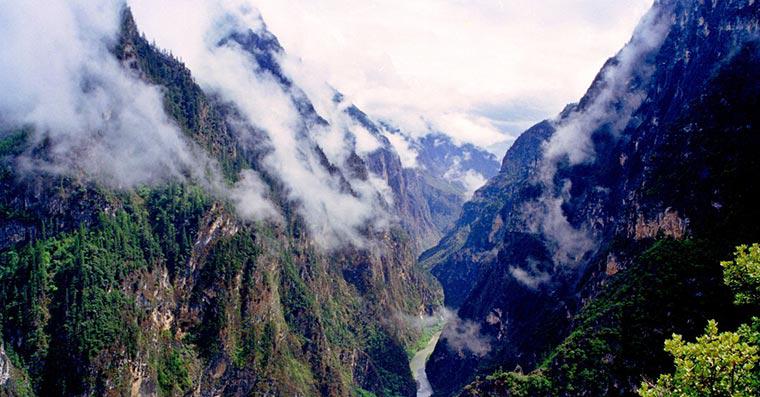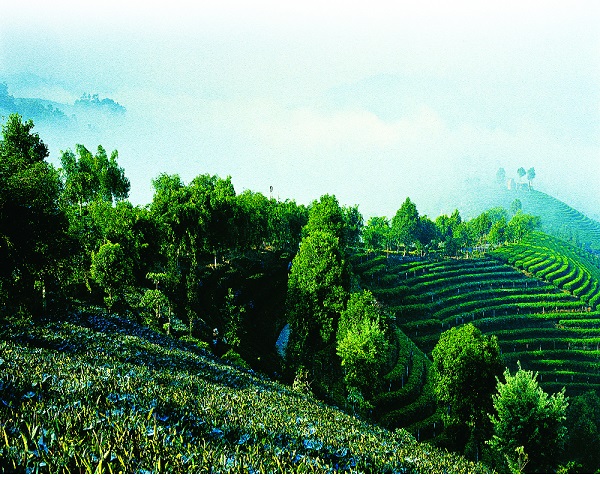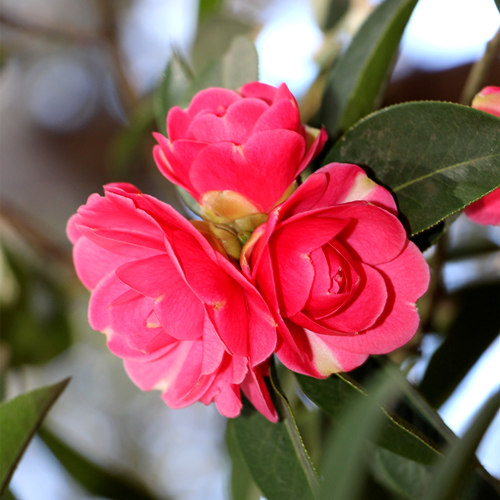
Detailed Introduction to Longyang District of Baoshan
Longyang District (隆阳区) is the political, economic, and cultural center of Baoshan City, located in the western part of Yunnan Province, China. Known for its rich history, diverse culture, and scenic landscapes, Longyang serves as a crucial link between Yunnan and Southeast Asia.
Geographical Location and Climate
Longyang District lies in the southwestern region of Yunnan, bordered by Tengchong, Shidian, Changning, and other counties. It covers an area of approximately 5,702 square kilometers.
Latitude and Longitude: The district is located between 98°25′ and 99°15′ E and 24°17′ and 25°00′ N.
Elevation: The terrain ranges from valleys at around 500 meters to mountains exceeding 3,000 meters.
Climate: Longyang enjoys a subtropical monsoon climate, featuring mild temperatures year-round. Average annual temperatures range from 15°C to 20°C, with ample rainfall concentrated in the summer months.
Historical Background
Longyang has a rich history dating back thousands of years, serving as an important hub along the Southern Silk Road. Historically, it facilitated trade and cultural exchange between China, India, and Southeast Asia.
During the Second World War, Longyang played a critical role as part of the Burma Road, connecting China to Myanmar and serving as a vital supply line.
Economic Overview
Longyang District’s economy is diverse, encompassing agriculture, industry, tourism, and trade.
1. Agriculture
Agriculture remains a pillar of the local economy, with key products including:
Tobacco: Known for its high-quality tobacco leaves.
Tea: A growing industry, particularly black and Pu'er tea varieties.
Fruits: Apples, pomegranates, and tropical fruits are widely cultivated.
Grains and Vegetables: Rice, corn, and various vegetables thrive in the fertile soil.
2. Industry
The district has developed light industries such as food processing, tea production, and traditional crafts.
3. Tourism
Tourism is a growing sector, leveraging Longyang’s historical significance and natural attractions.
4. Trade and Connectivity
Longyang serves as a strategic trade hub due to its proximity to Myanmar and its location along the Belt and Road Initiative routes.
Ethnic and Cultural Heritage
Longyang District is home to a diverse population, with Han, Dai, Lisu, and Achang ethnic groups making up the majority. This multicultural environment enriches the district’s traditions, festivals, and cuisine.
Dai Festivals: Festivals such as the Water Splashing Festival are celebrated with vibrant dances and rituals.
Lisu Traditions: Known for their traditional music, dances, and handicrafts.
Culinary Diversity: Local cuisine blends Han and ethnic flavors, featuring dishes like grilled fish, rice noodles, and tropical fruits.
Tourist Attractions
Longyang District offers a variety of attractions that highlight its natural beauty, historical importance, and cultural vibrancy.
1. Taibao Mountain (太保山)
A sacred mountain and popular hiking destination, offering panoramic views of the surrounding region.
2. Nujiang River
The river runs through the district, providing opportunities for rafting, fishing, and scenic exploration.
3. Ancient Tea Horse Road
Historical sites and trails from the Ancient Tea Horse Road offer insights into the region’s trade history.
4. Anti-Japanese War Memorial Sites
Memorials along the Burma Road commemorate the district’s role during World War II.
5. Local Ethnic Villages
Traditional Dai and Lisu villages showcase the unique architecture, crafts, and customs of these communities.
Transportation
Longyang District has well-developed transportation infrastructure, ensuring convenient access:
Highways: Major highways connect Longyang to Kunming and Myanmar.
Railways: The Dali-Ruili Railway passes through Longyang, enhancing regional connectivity.
Air Travel: The Baoshan Yunrui Airport provides domestic flights to key Chinese cities.
Development Prospects
Longyang District is focusing on sustainable and inclusive growth through initiatives such as:
Agricultural Modernization: Promoting eco-friendly farming and expanding specialty crops like tea and tropical fruits.
Tourism Development: Enhancing historical and natural attractions while preserving cultural heritage.
Trade Expansion: Leveraging its strategic location to foster cross-border trade with Myanmar.
Infrastructure Upgrades: Investing in transportation and urban development to support economic growth.
Conclusion
Longyang District of Baoshan is a dynamic region where history, culture, and nature converge. From its historical significance as part of the So



